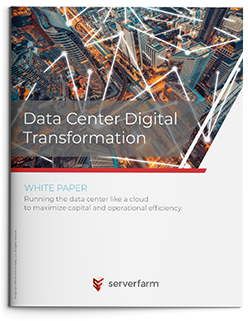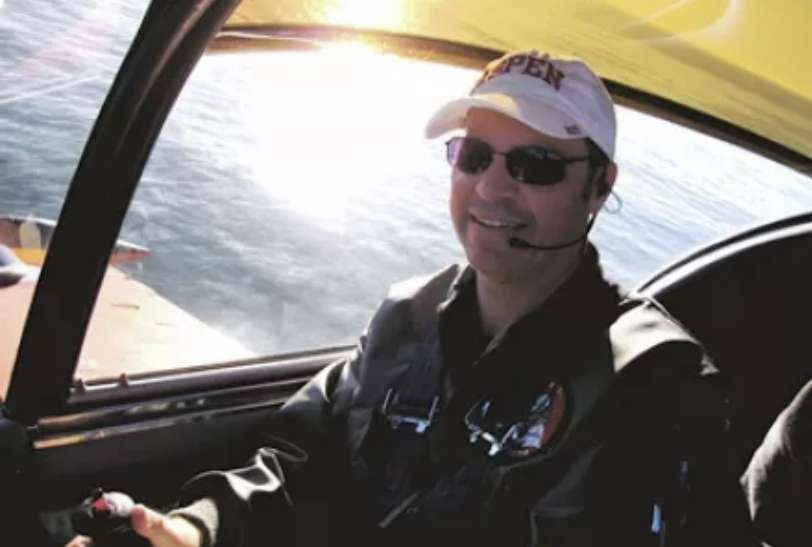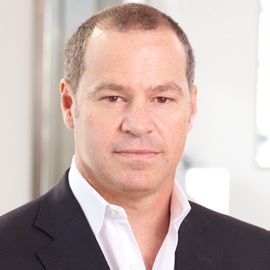Air is a physical substance that has weight. It was Italian physicist Evangelista Torricelli that in 1640 made the discovery by measuring mercury and finding that air put pressure on the mercury. That was – in its purest – the very beginning of what we call today the aviation industry. And that was over 380 years ago. Other pioneers including Francesco Lana, Sir Isaac Newton, the Montgolfier brothers, Orville and Wilbur Wright, and many more made it possible for the industry we now enjoy to exist through many experiments, perseverance, dedication and a thirst for innovation and disruption attaining to the impossible when many believed so.
The aviation industry has changed the world. It shortened distances and introduced cultures to cultures. But the sector also produces some key best practices, teachings, and discipline which have been propelled into trades like digital infrastructure.
Avner Papouchado, CEO of US operator Serverfarm and a certified airline transport pilot (ATP) with over 5,000 hours flying jets, aerobatics and experimental aircraft, believes in a greater synergy between flying and leading a data center business.
“Both sides are more than mechanics, more than the pilot,” Papouchado says. “When flying, we make sure that the airplane is maintained, that it has a logbook. People know exactly what parts are in and if there is a change, the how, when and where is in there as well as the kind of the load and how much weight you can put on that plane for it to be able to fly. It comes down to maintenance and loadmaster to make sure that the plane flies straight and it is reliable.
“That is a very similar relationship within the data center. It is critical. It is about the critical operations that need to happen with timely planning.
“The management systems are very alike. In the aviation industry, they help to take out faults and accidents through new learning and procedures. They are much more open than our [data center] industry about those but we try to learn as much as we can and follow processes and procedures that other industries put in place.”










 Avner Papouchado
Avner Papouchado